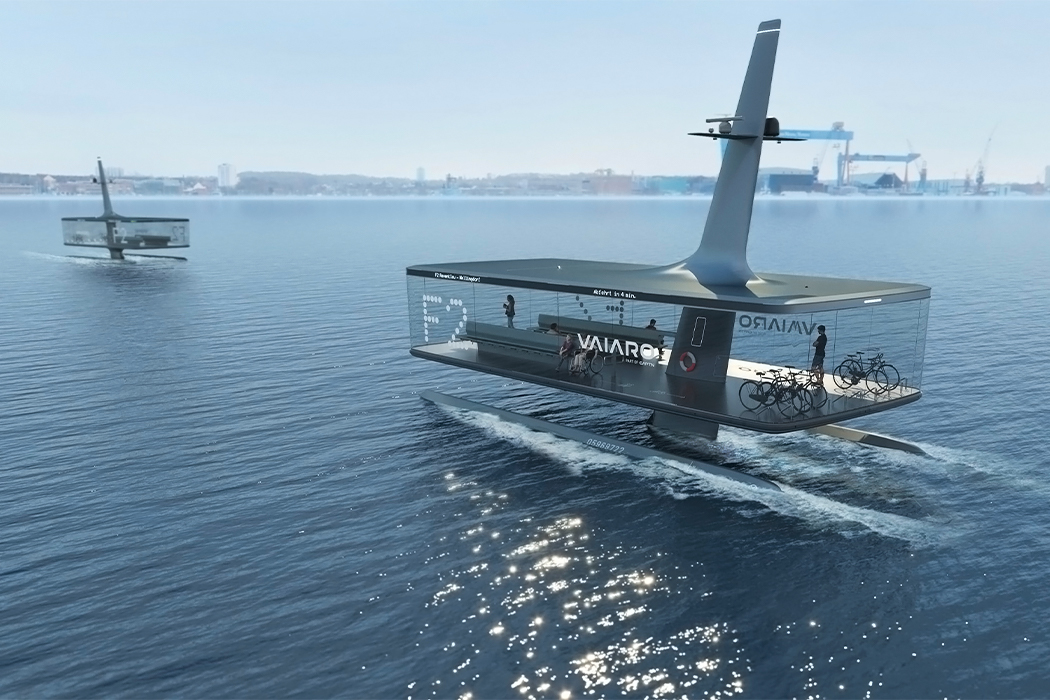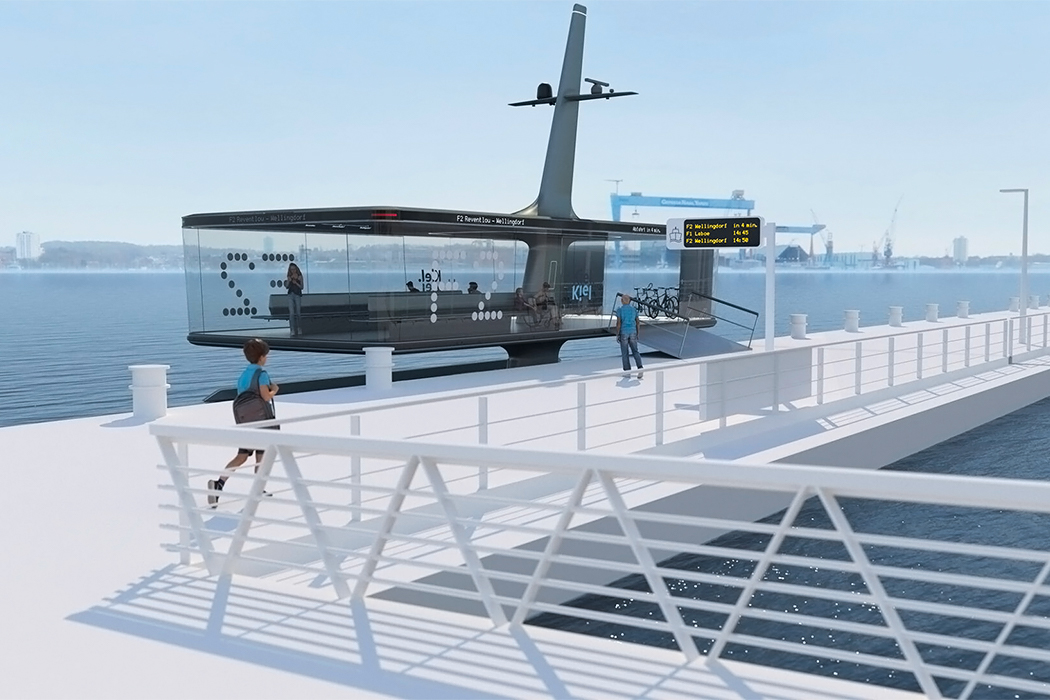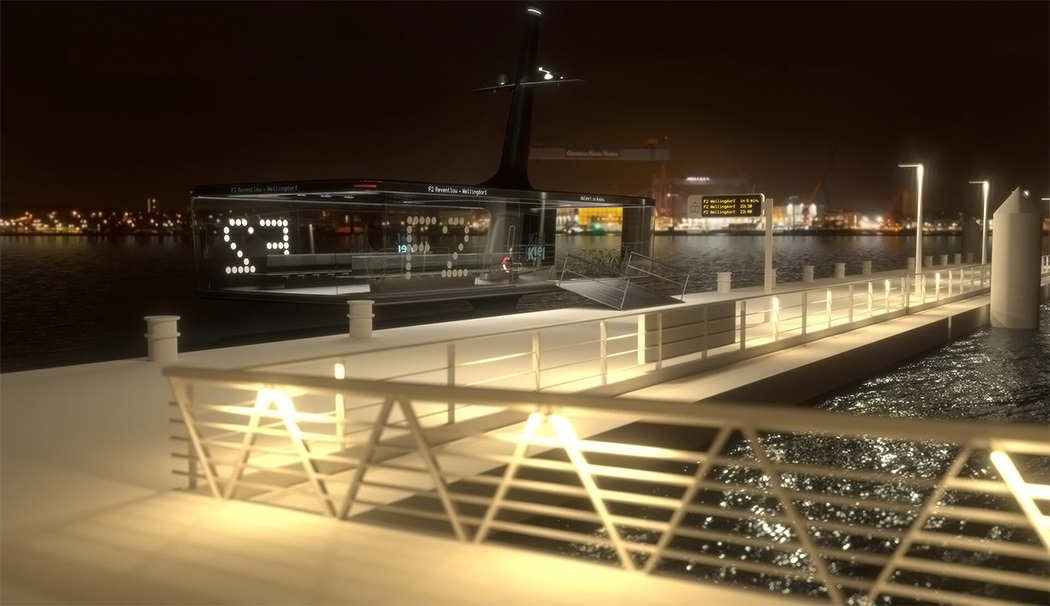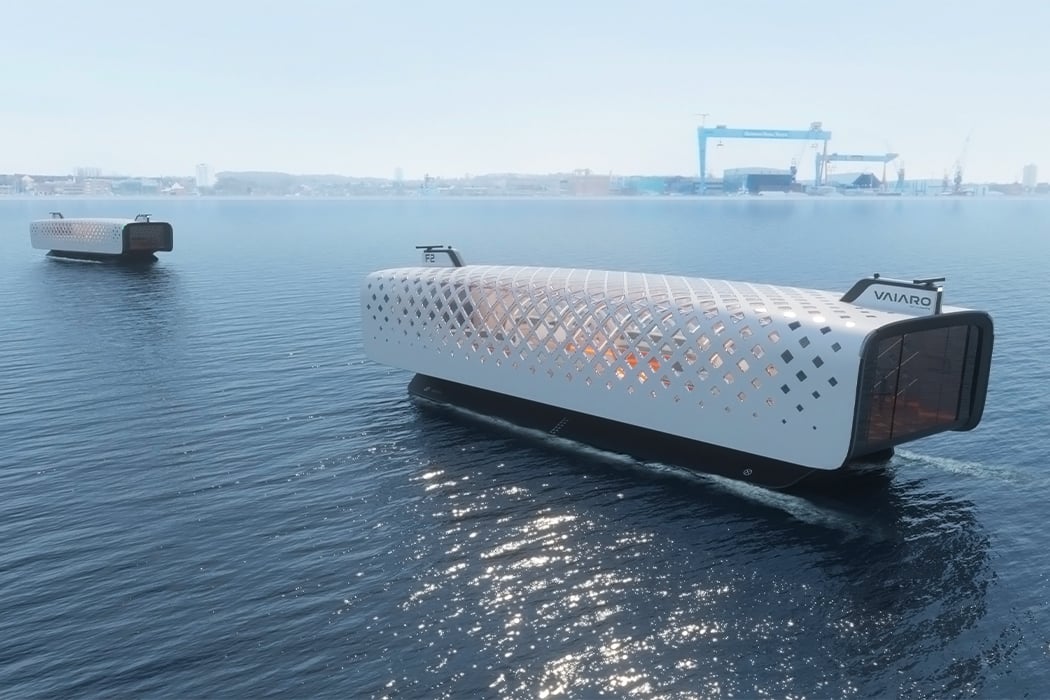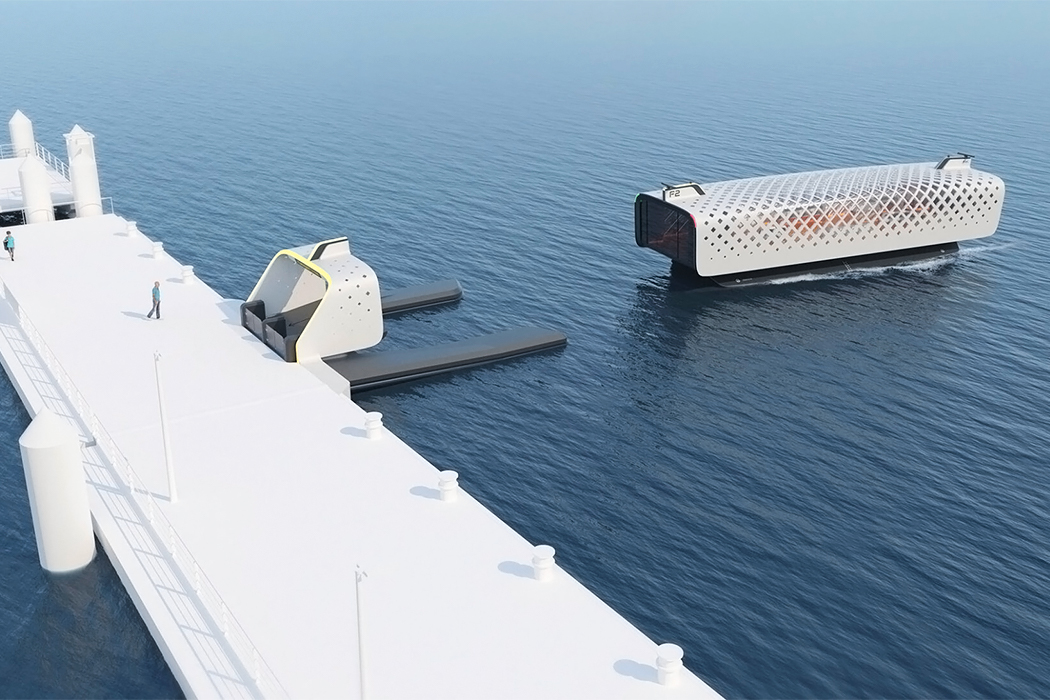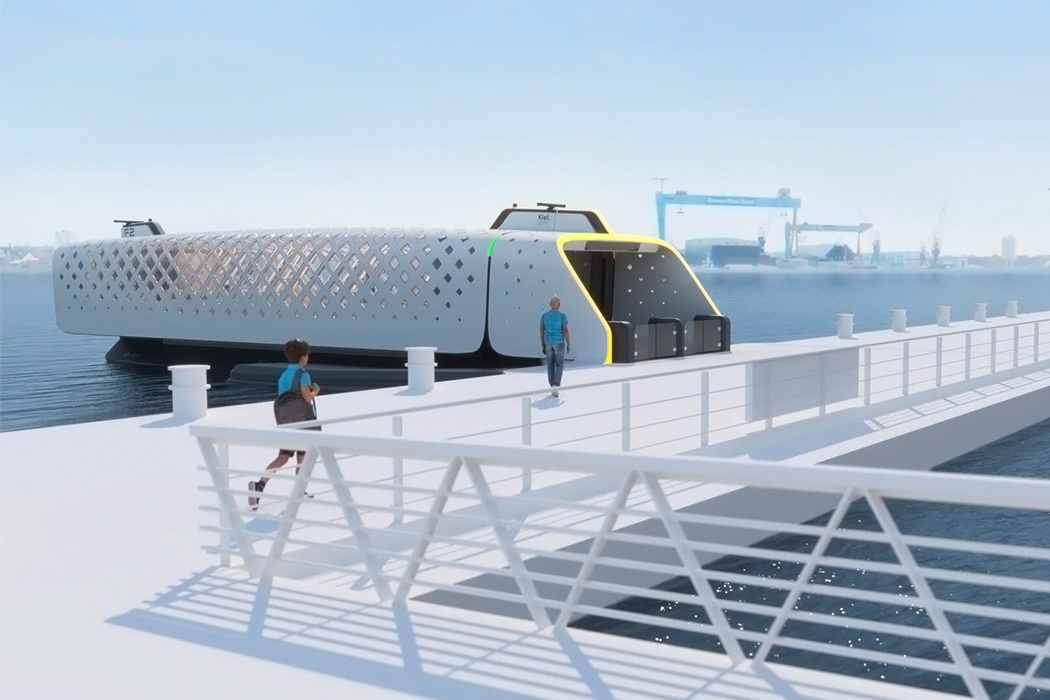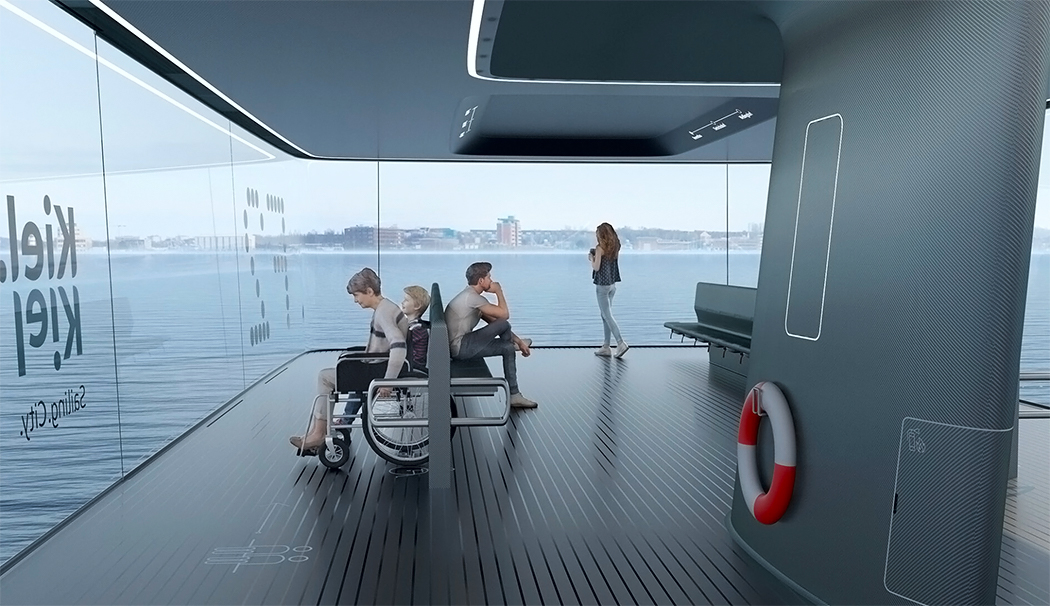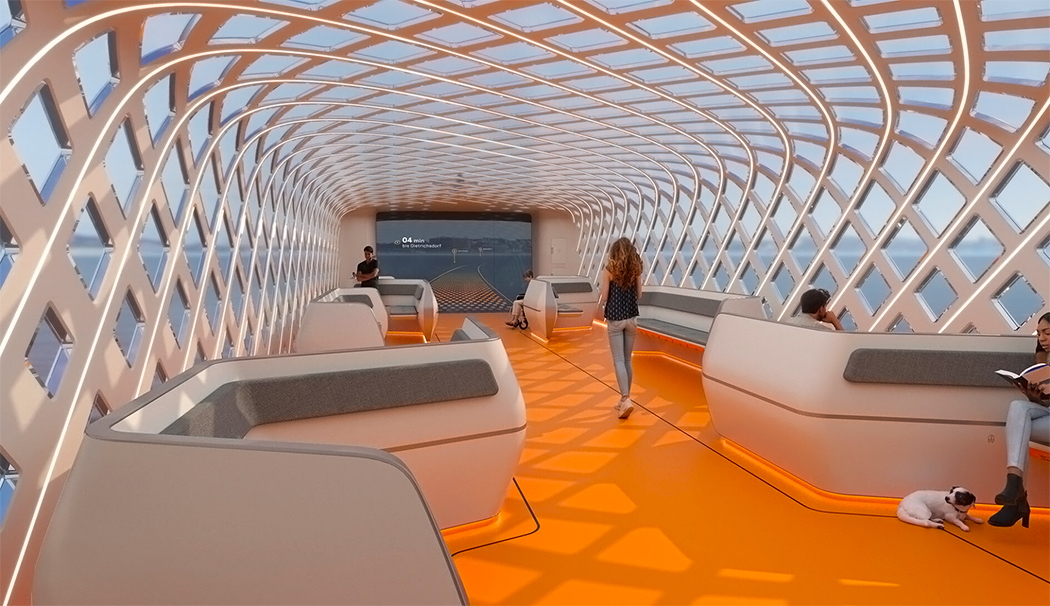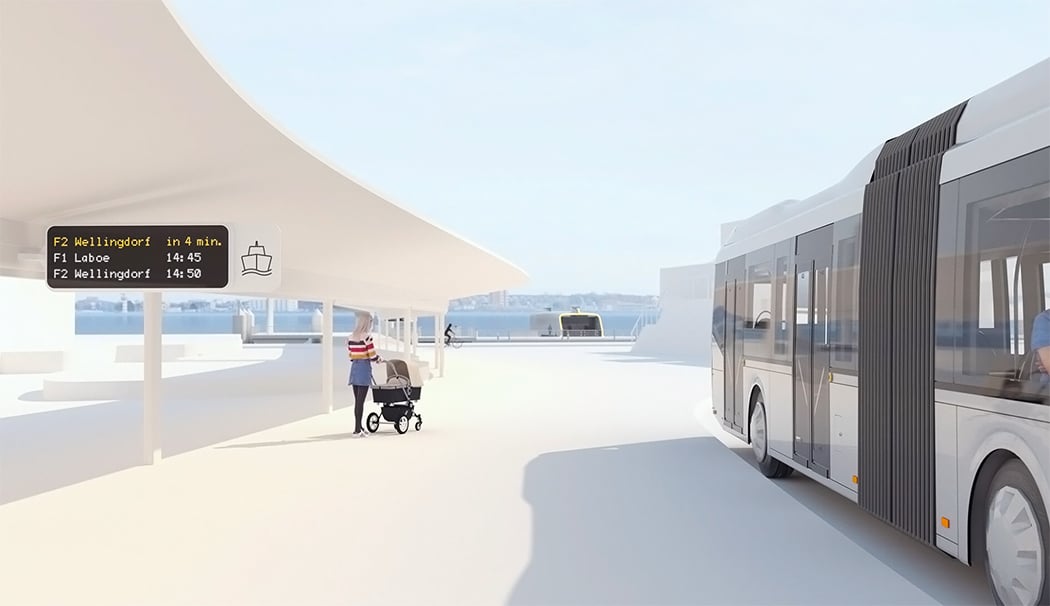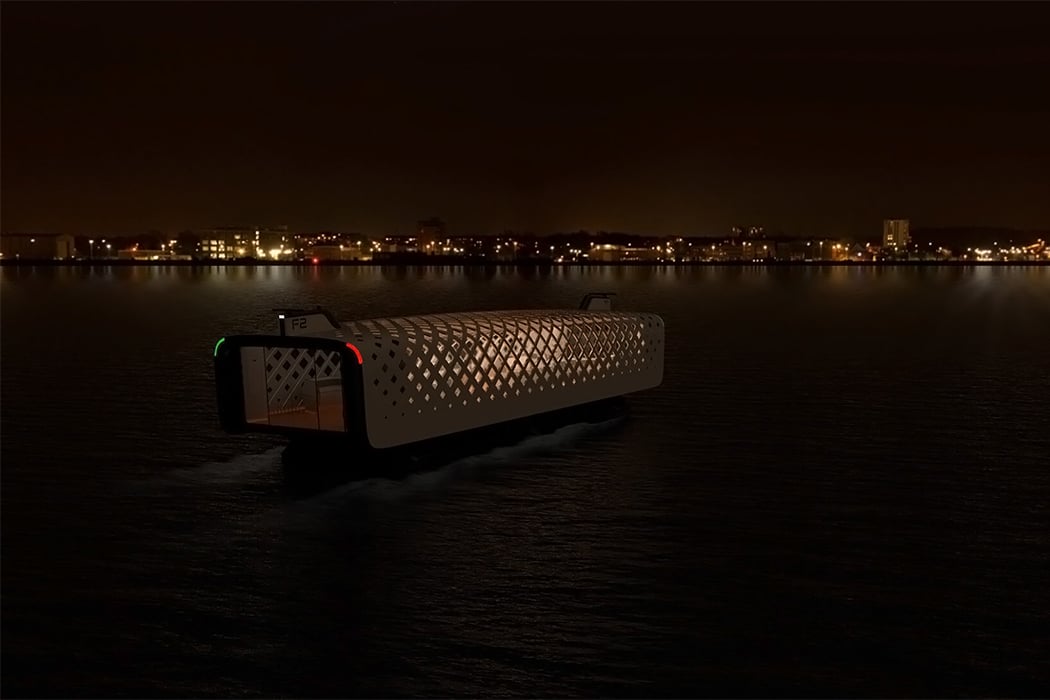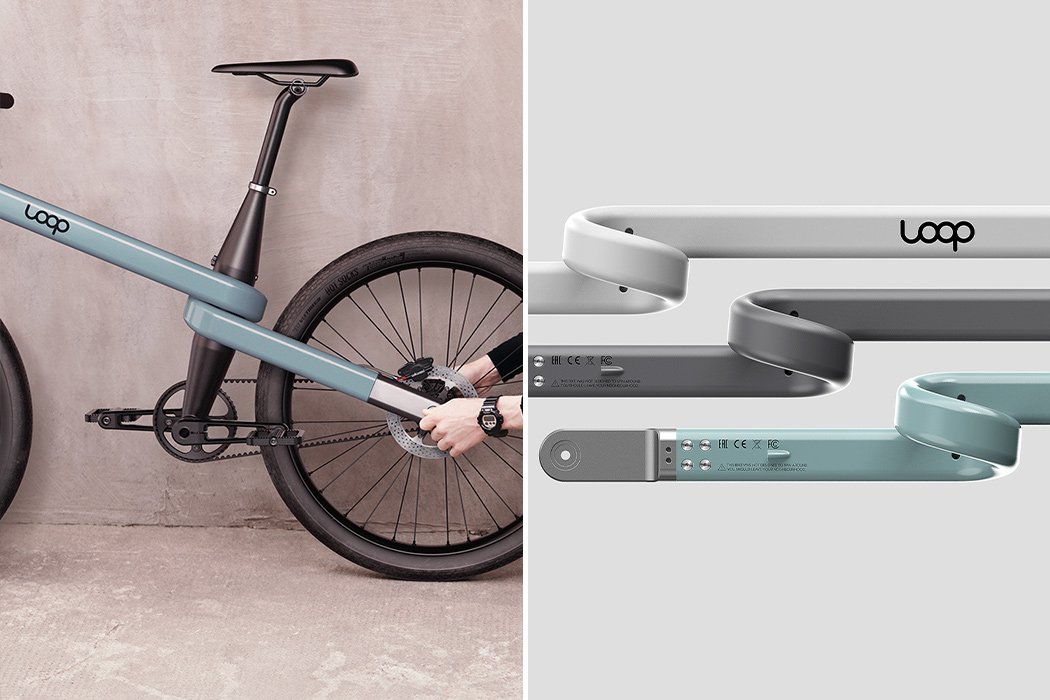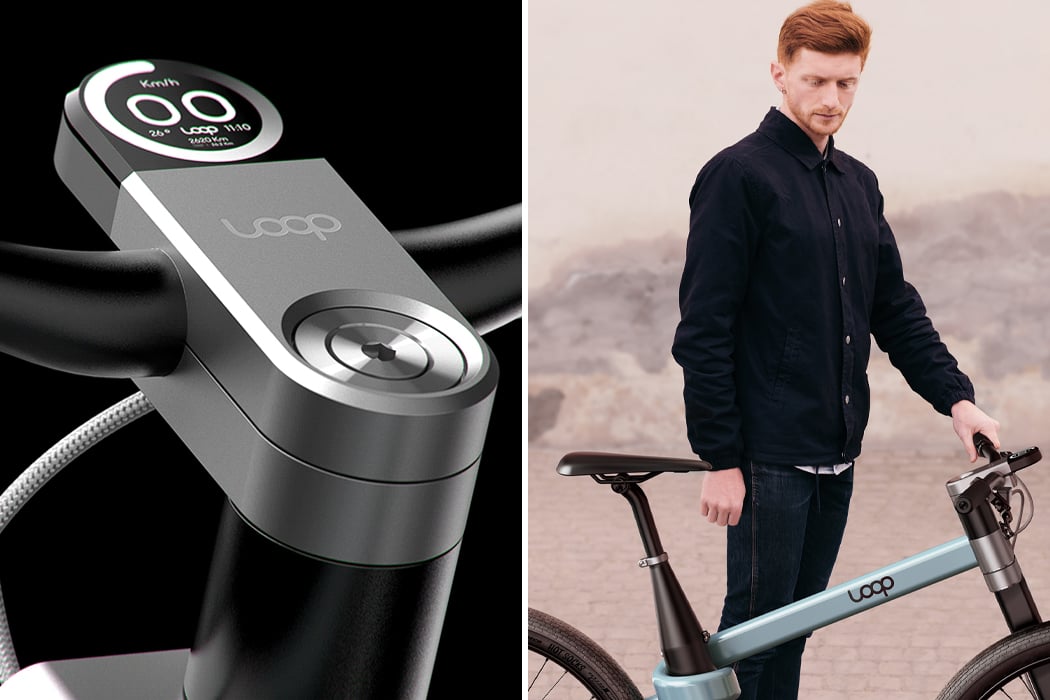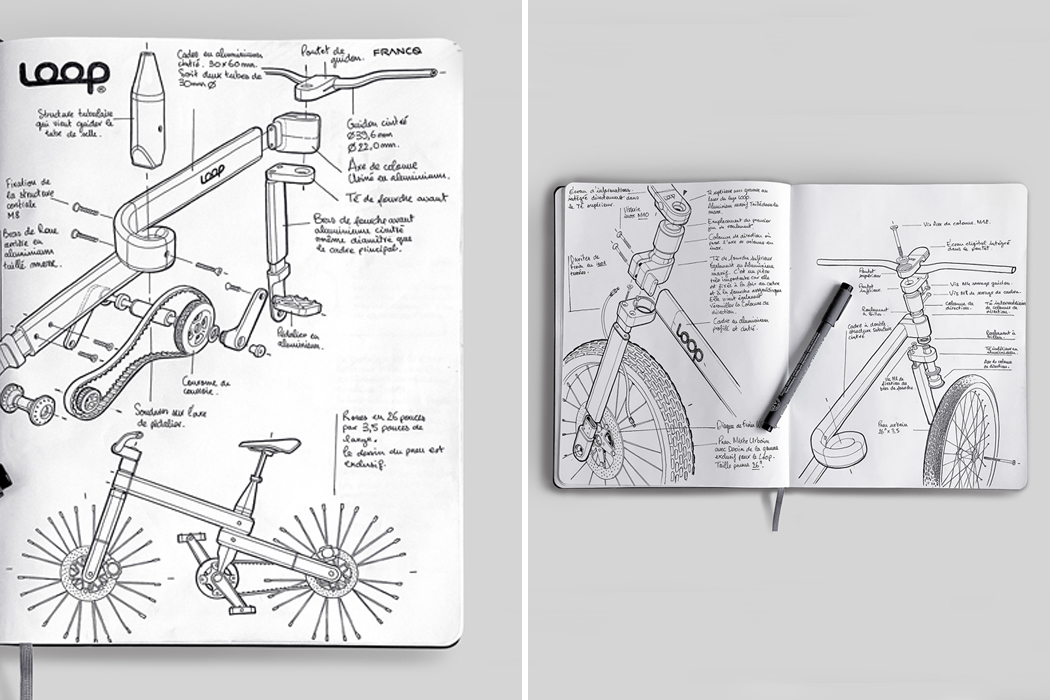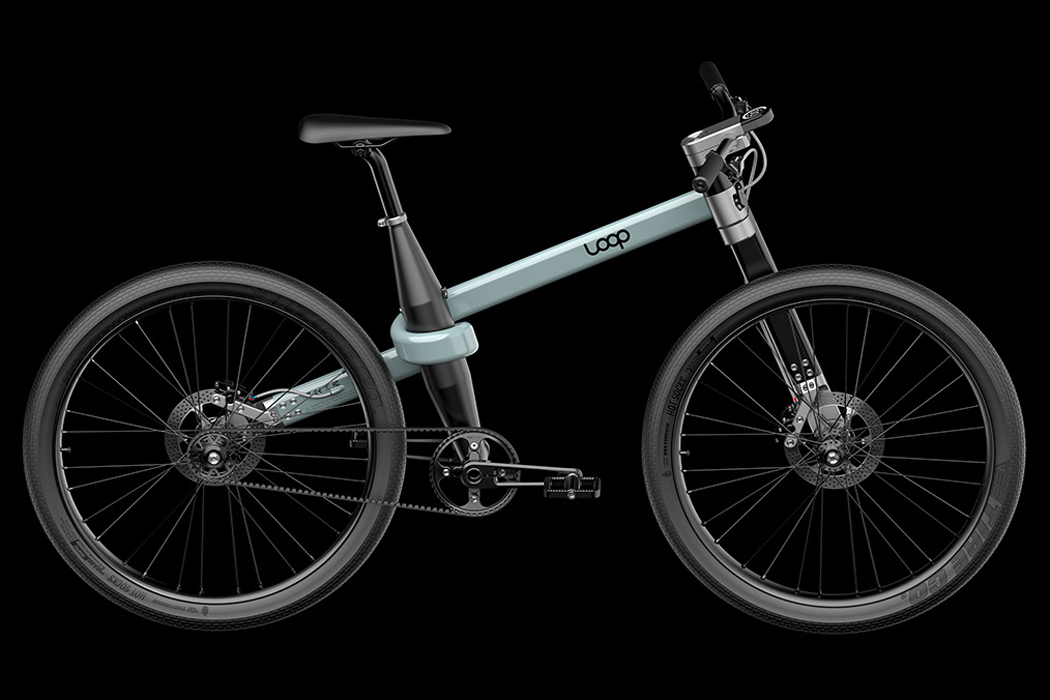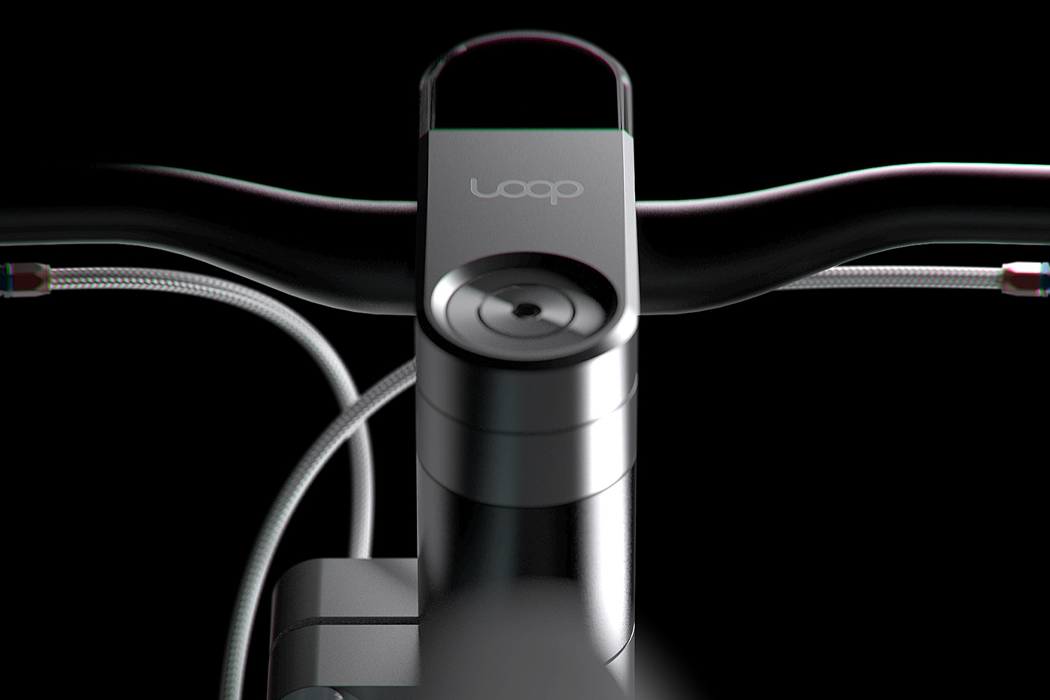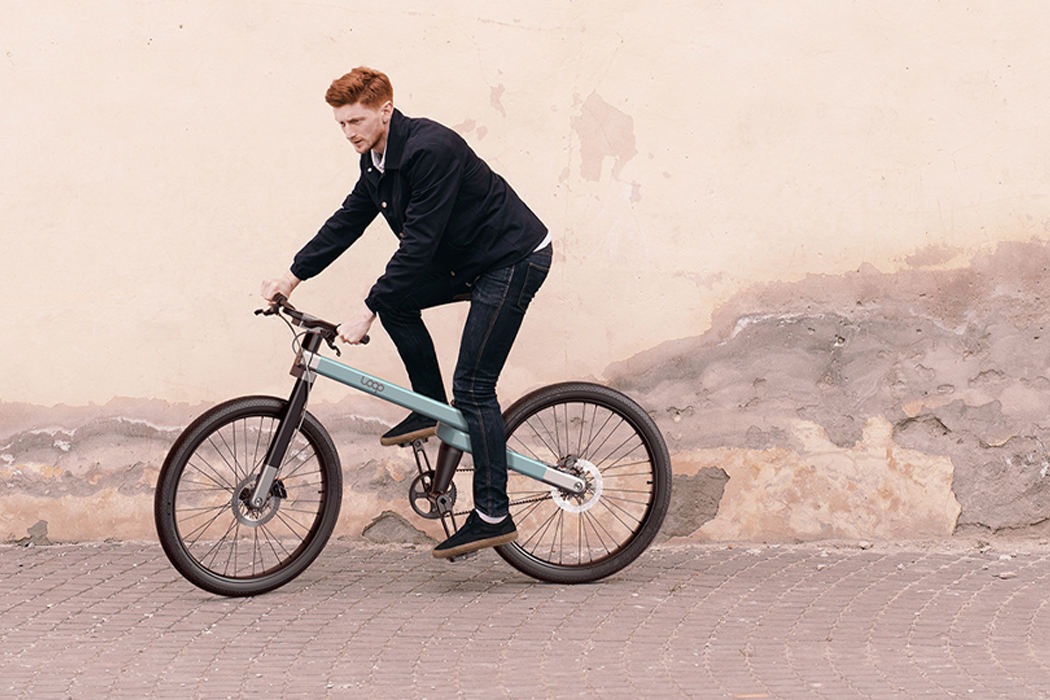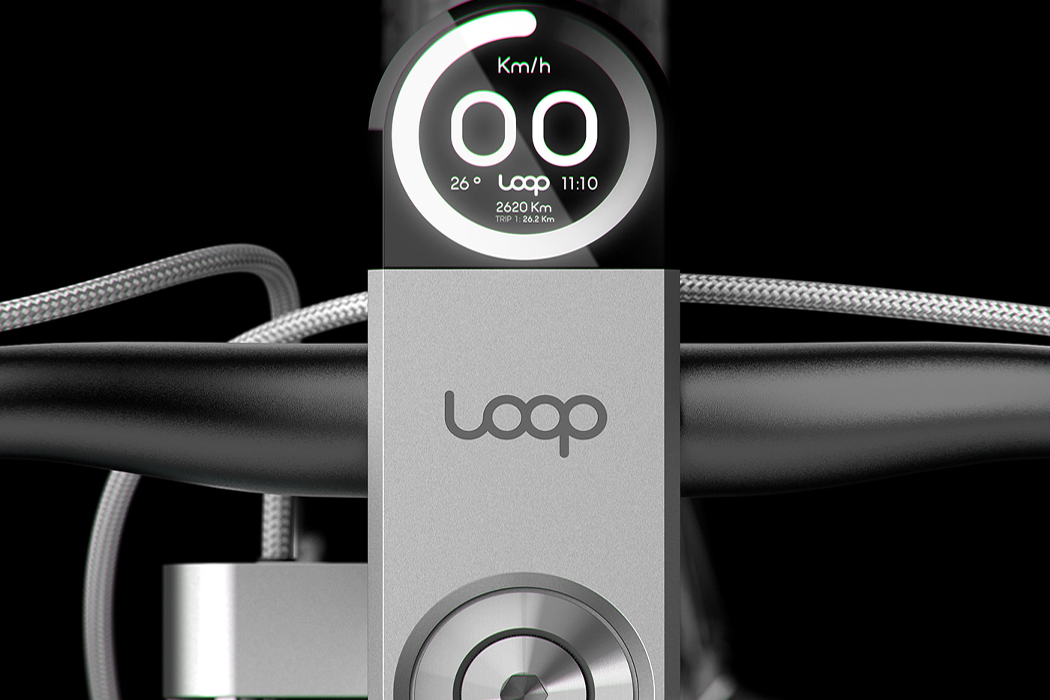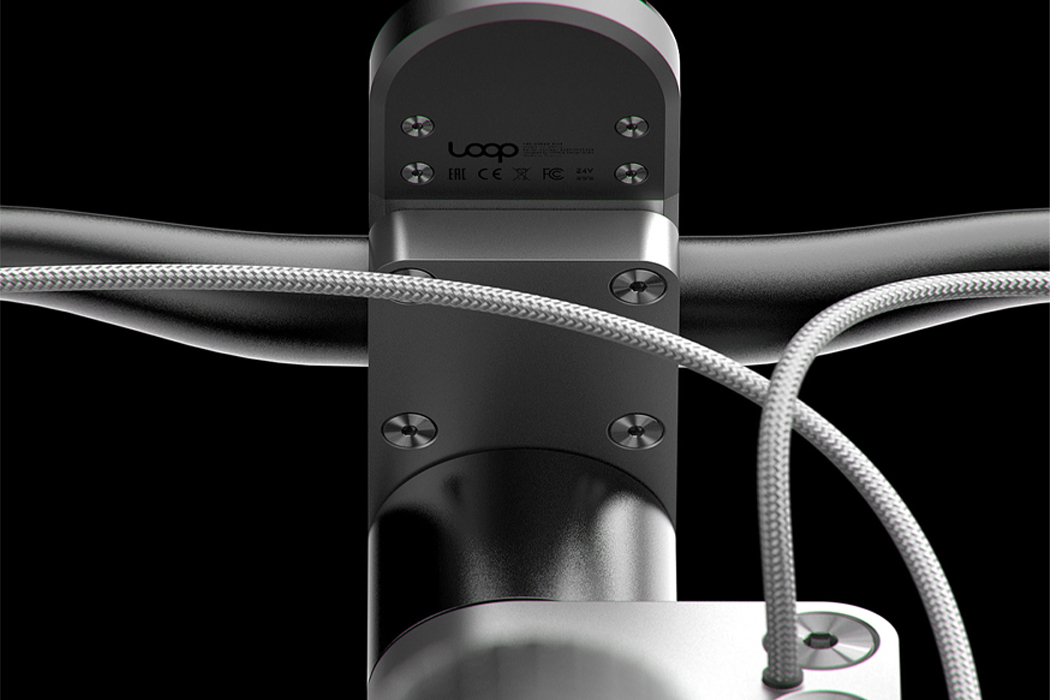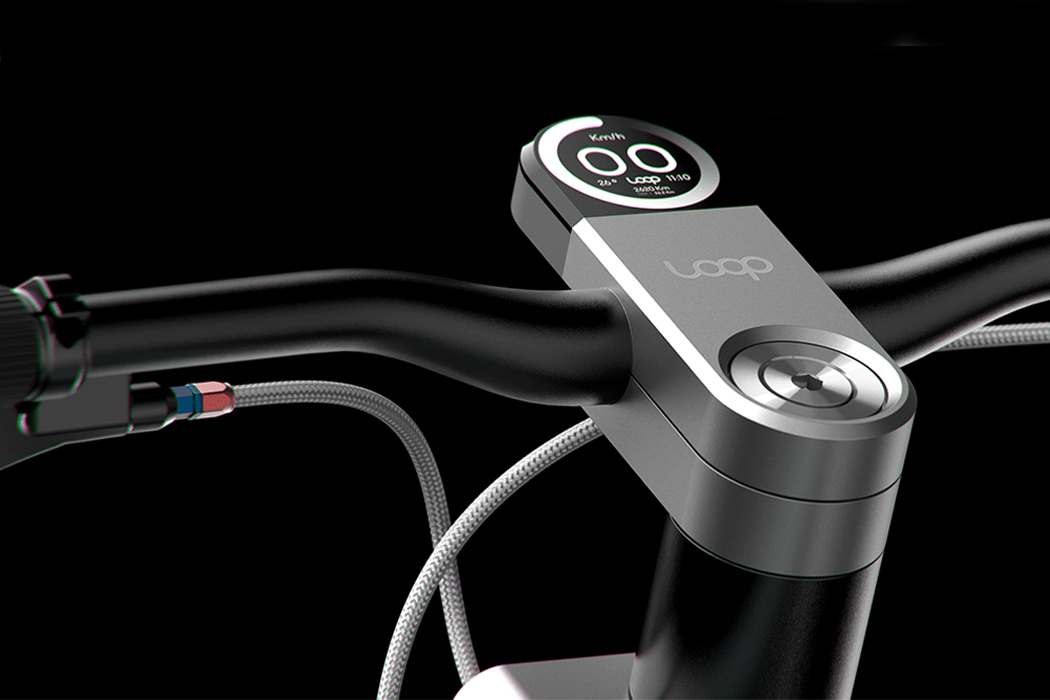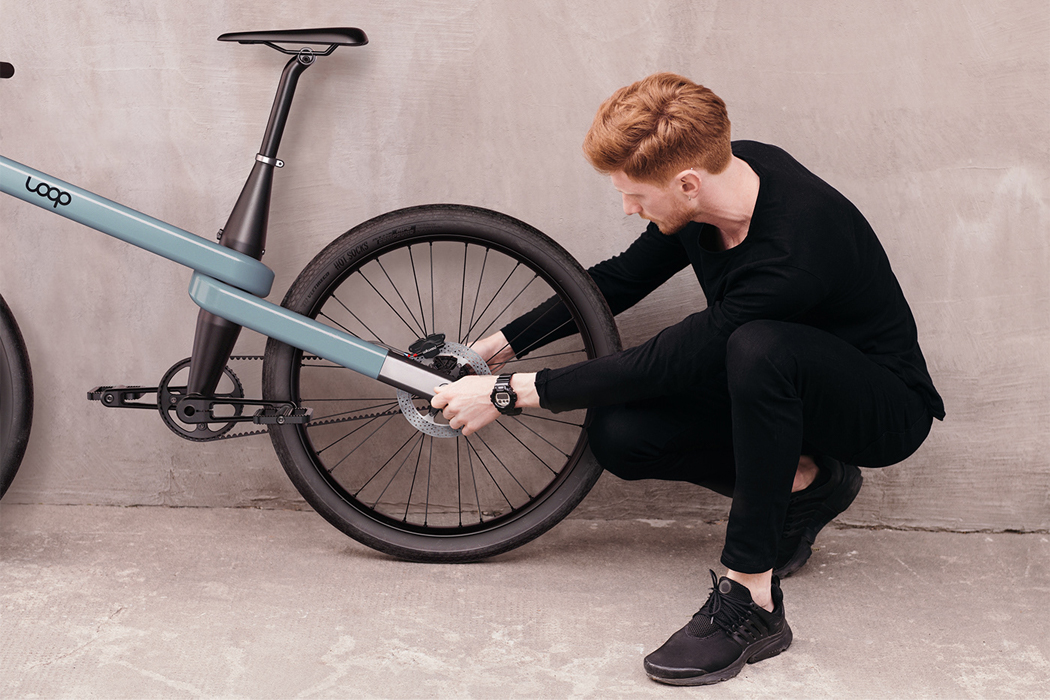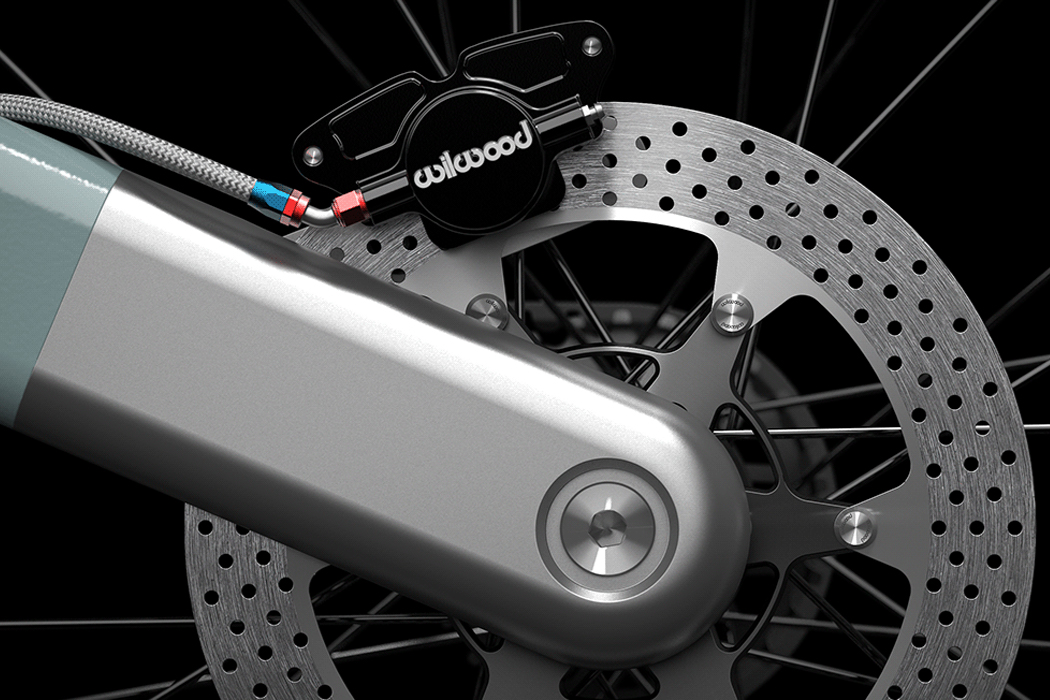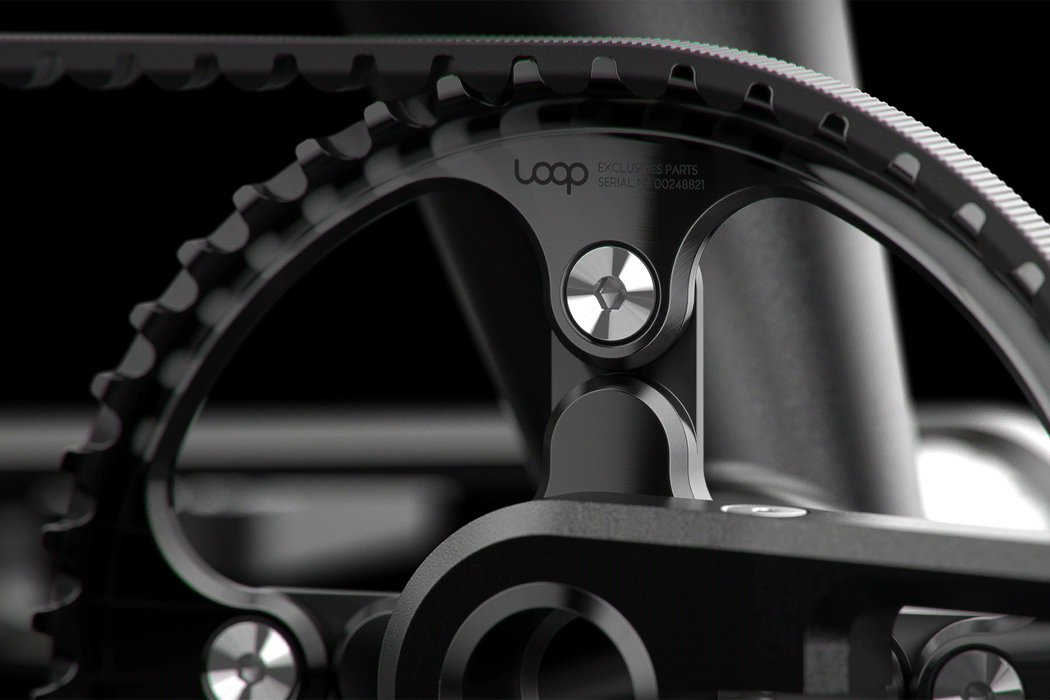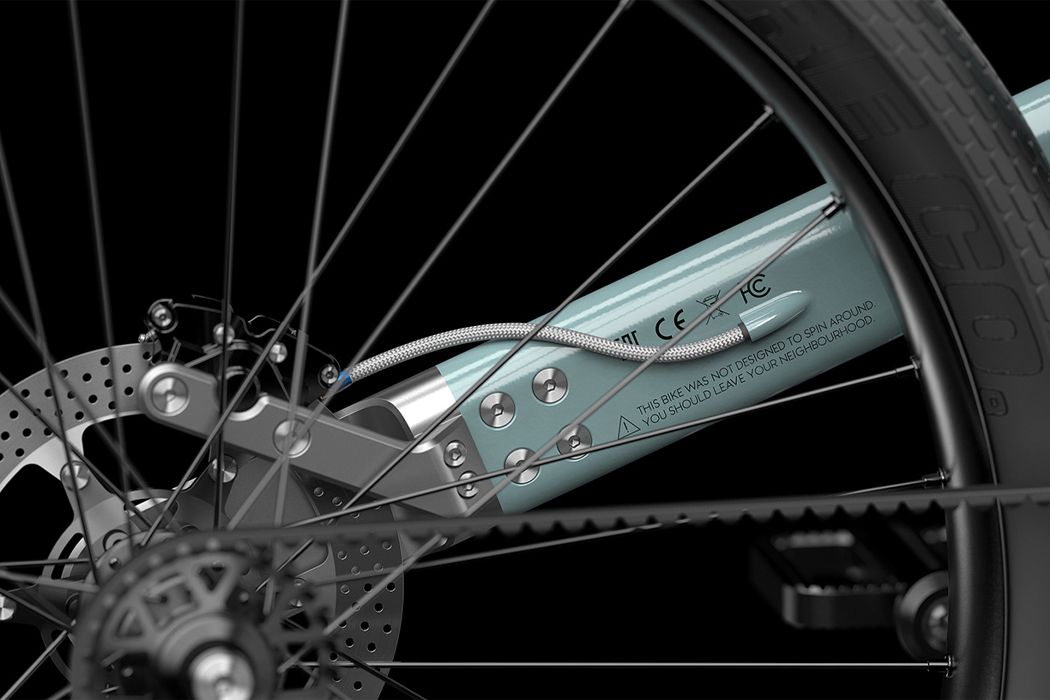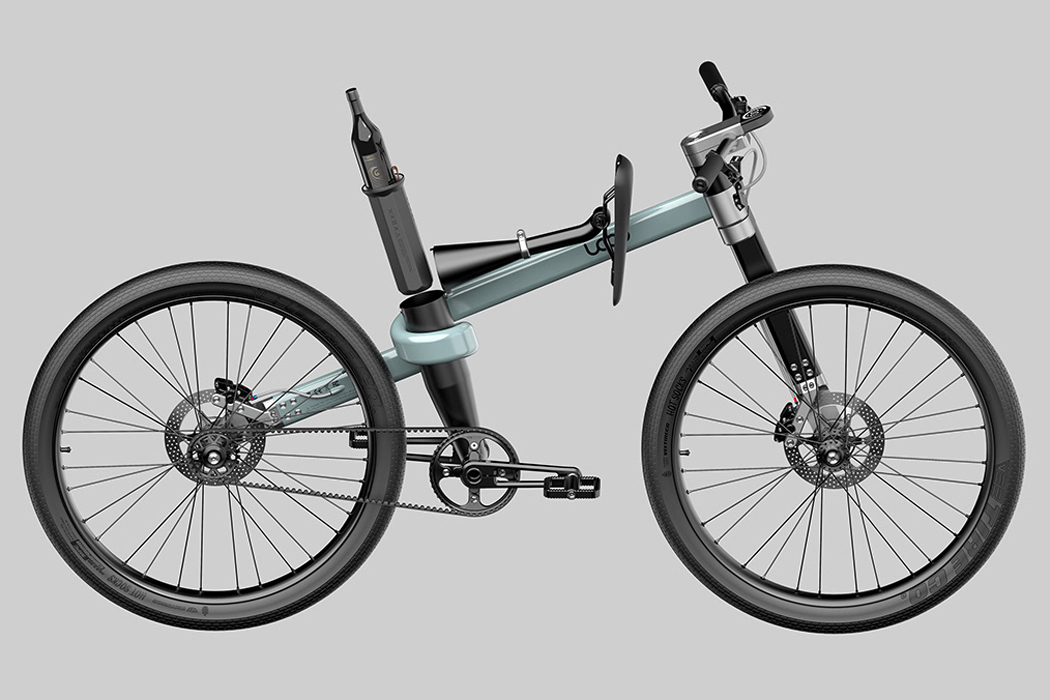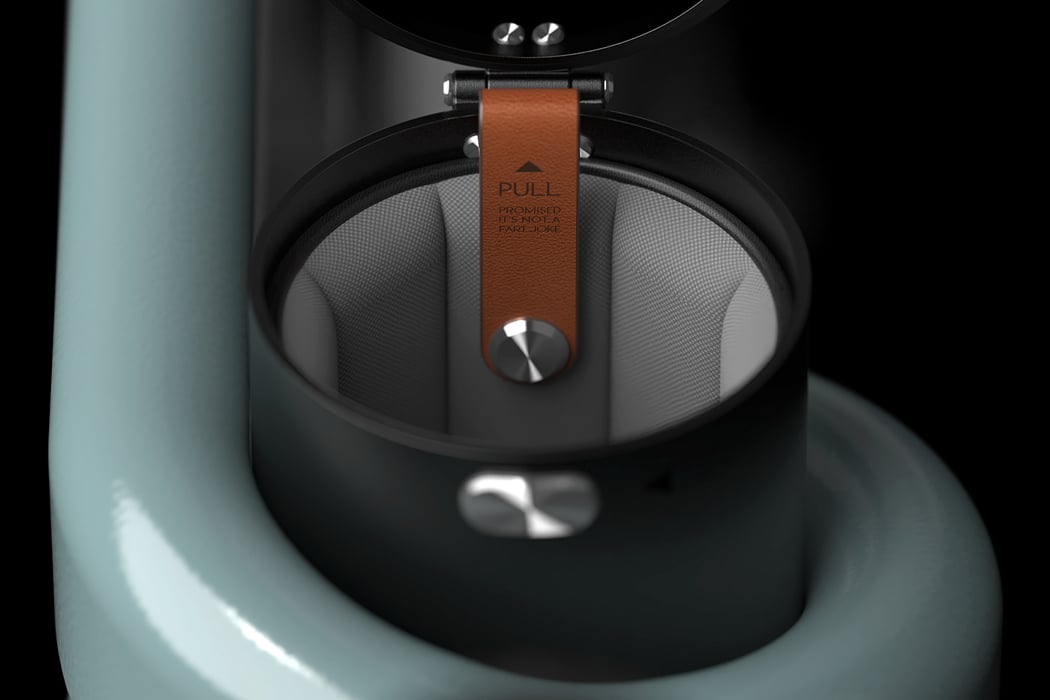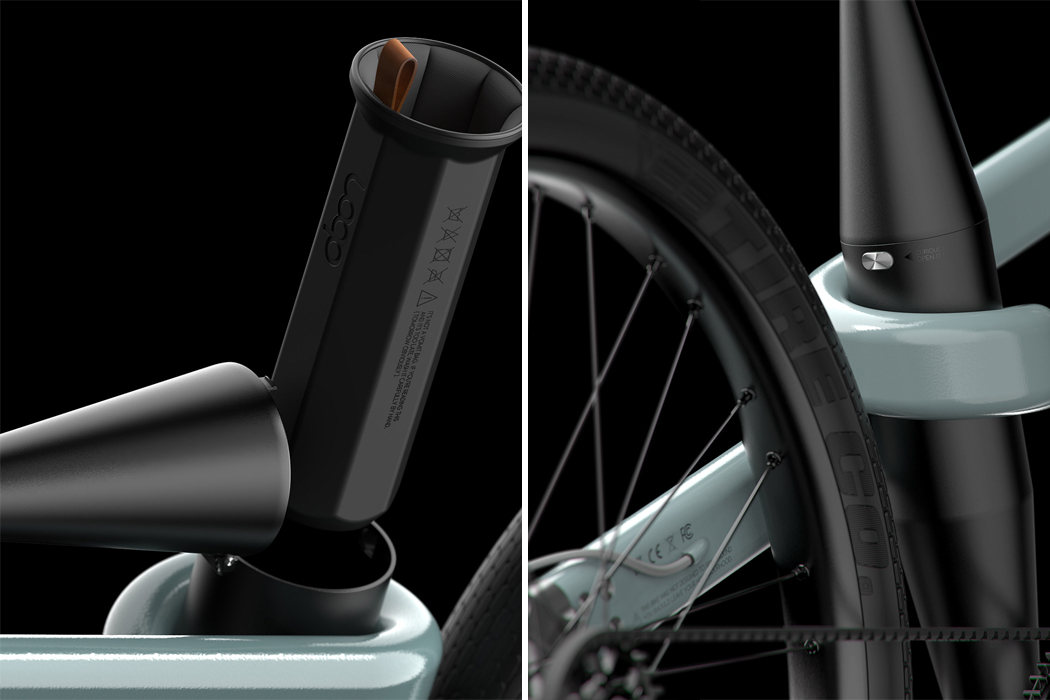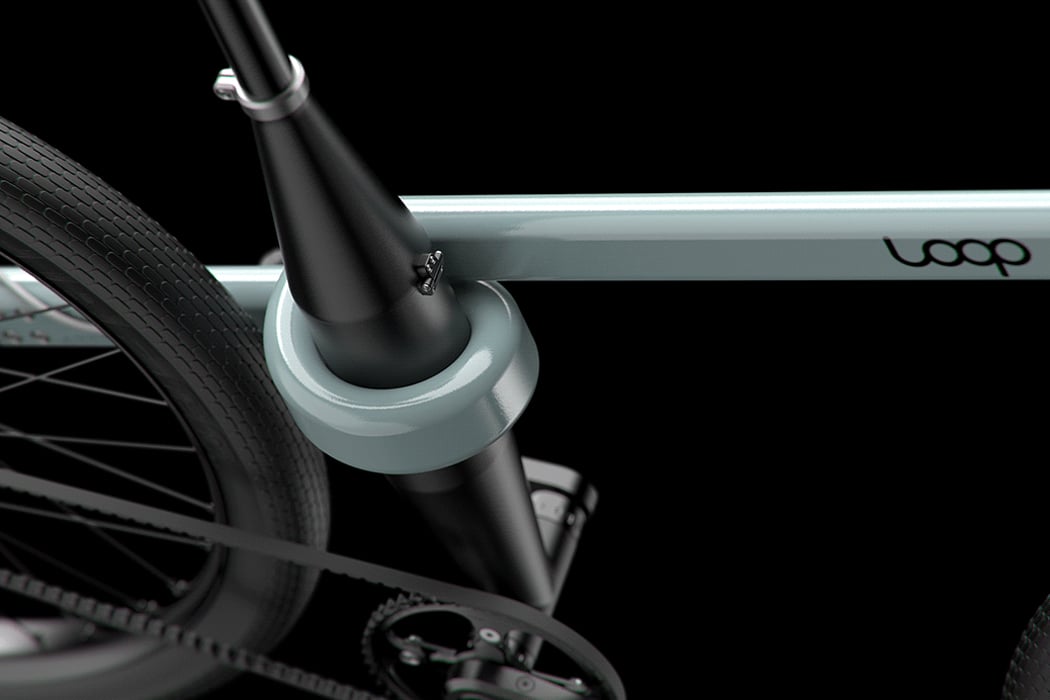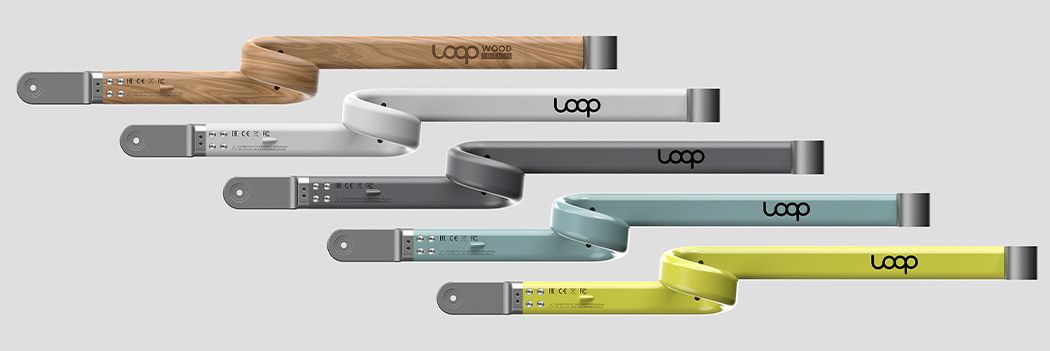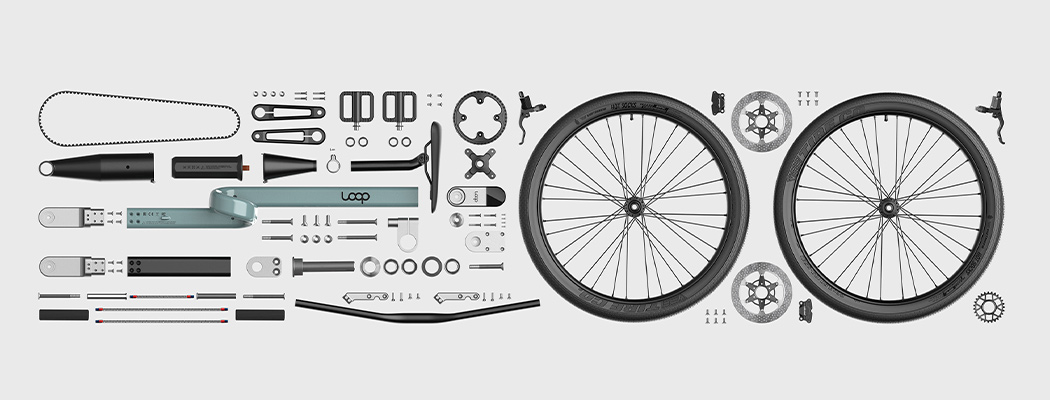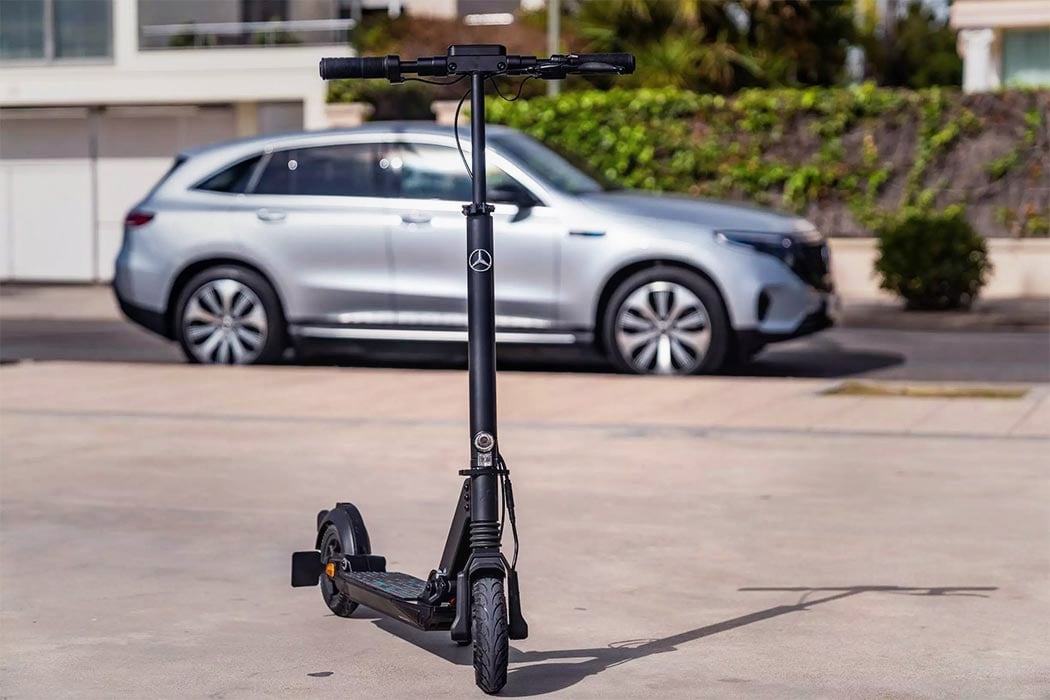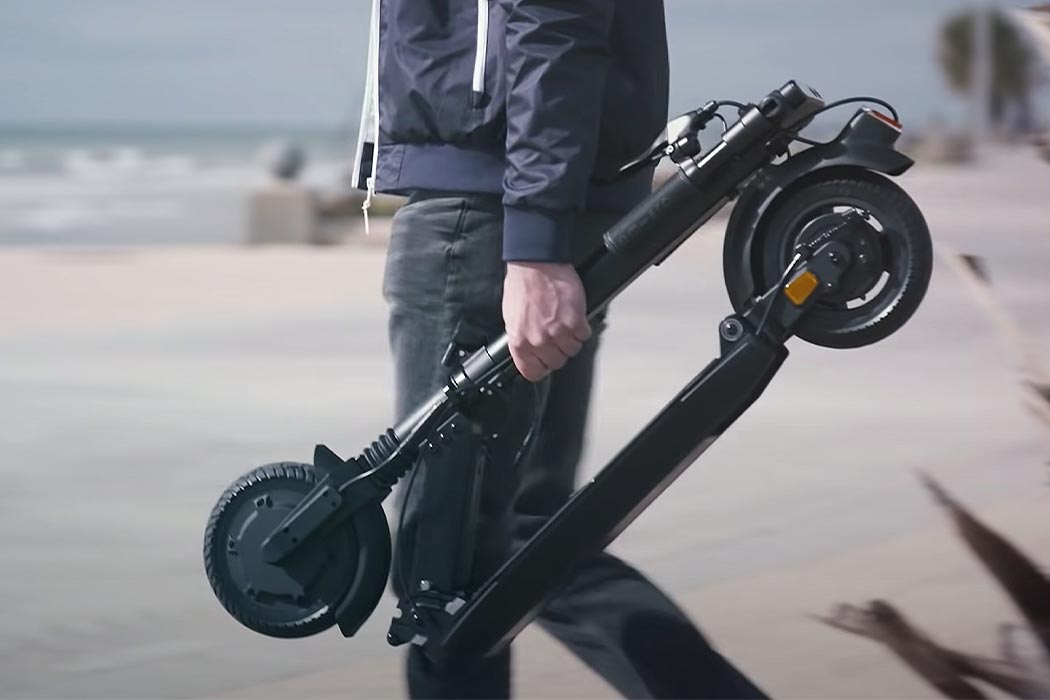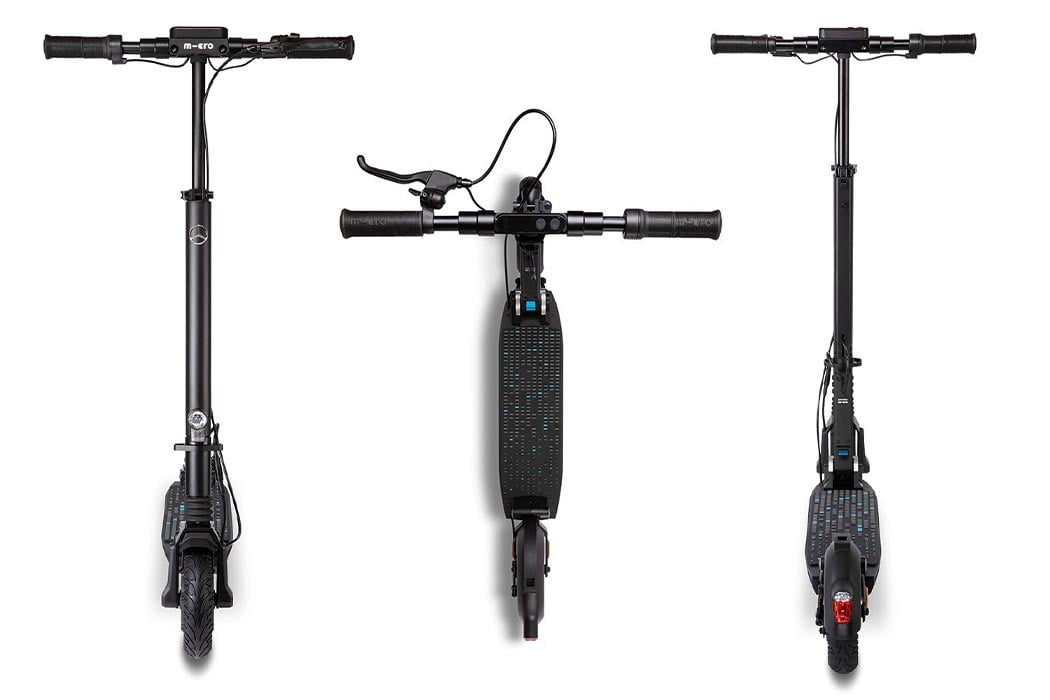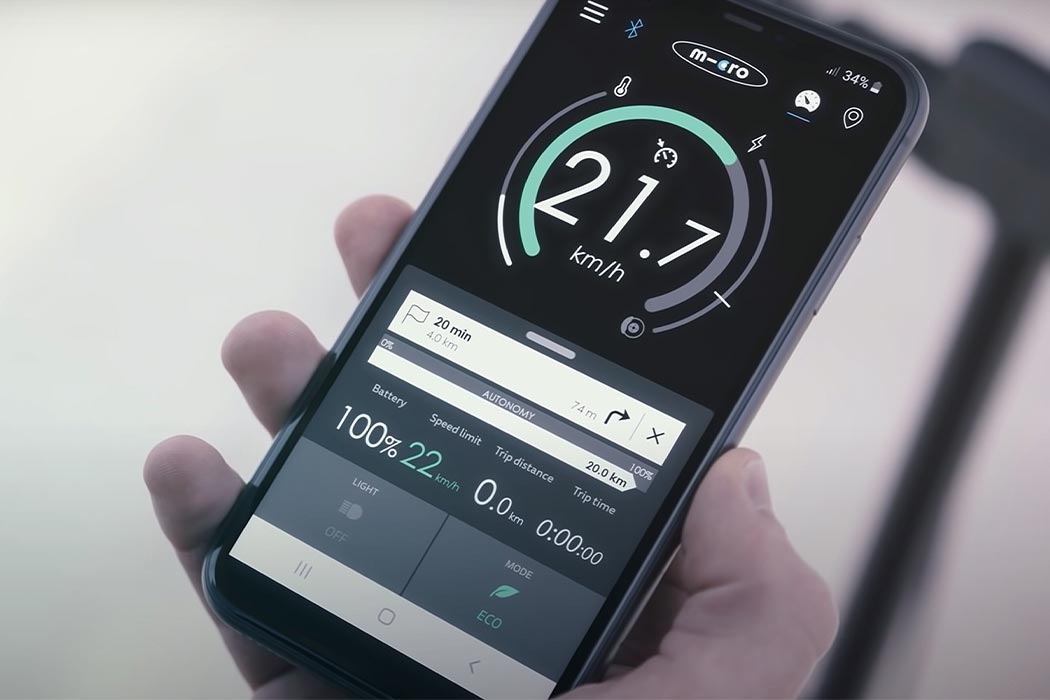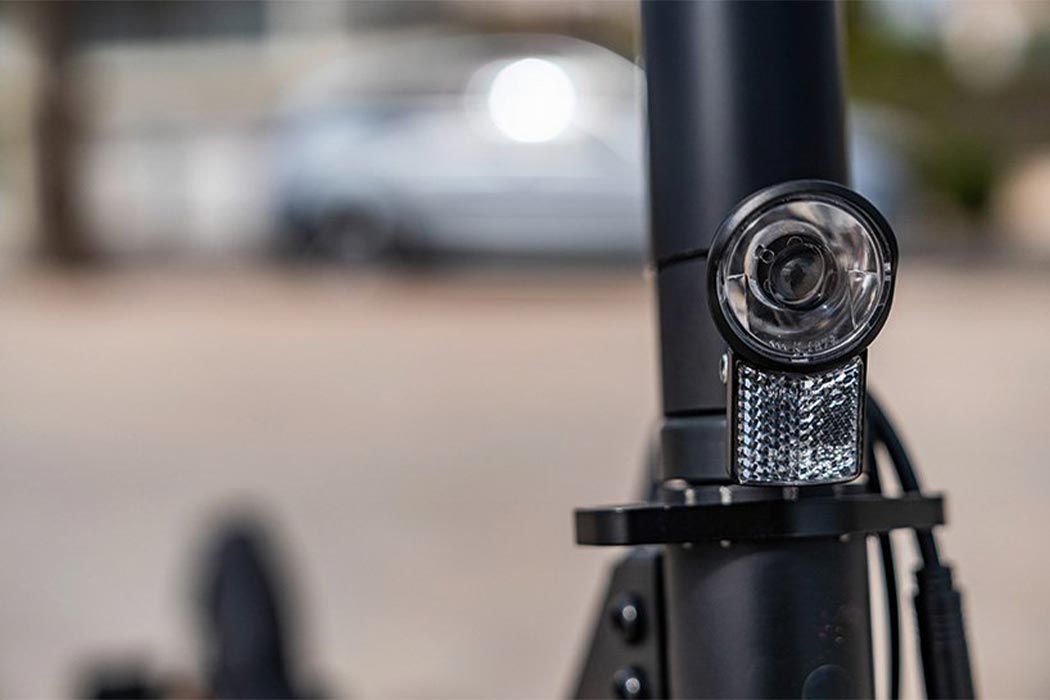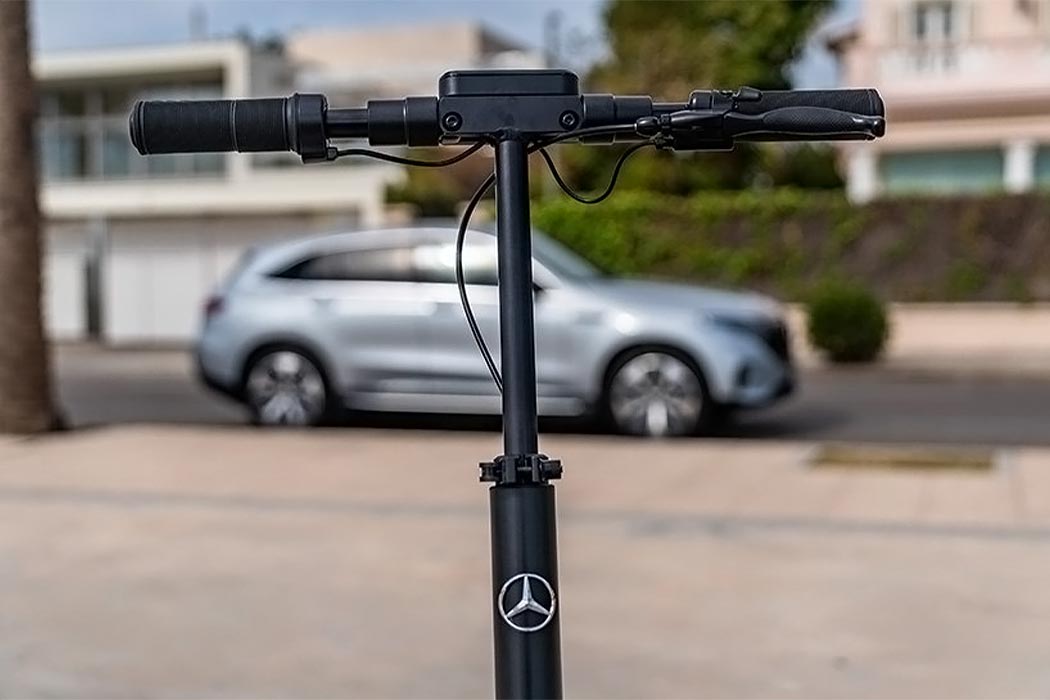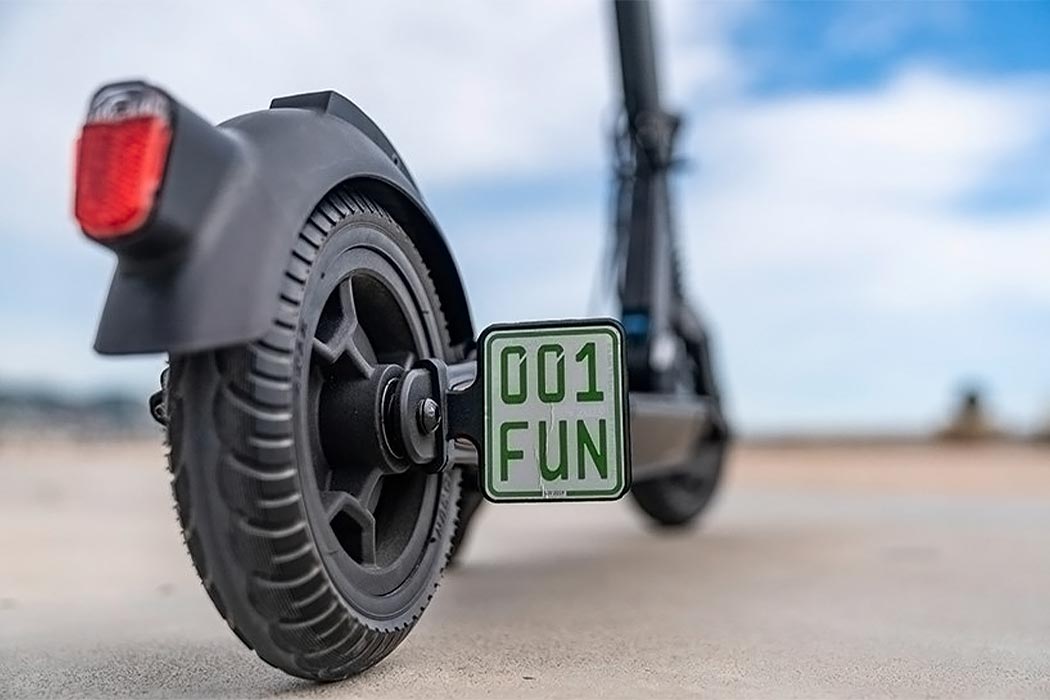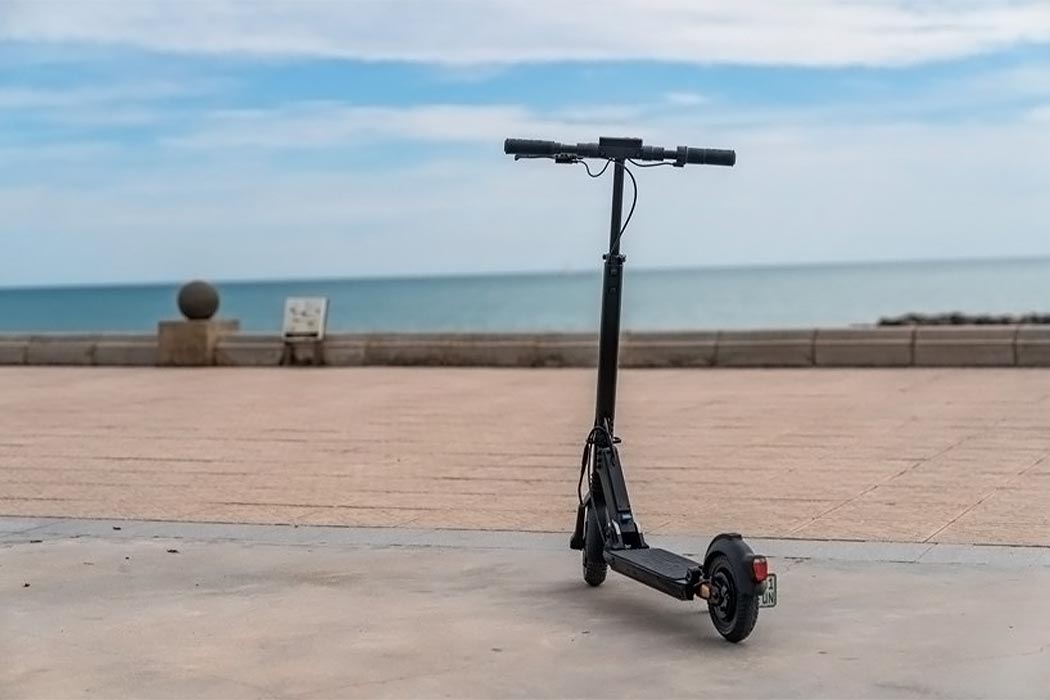Mobility and transportation are rapidly changing to become greener in an effort to reduce carbon emissions. From electric cars to sustainable yachts, talented teams are working in every transport category to provide a better alternative. One such project is the CAPTN Vaiaro which proposes two autonomous electric ferry concepts that offer a glimpse into the future of the industry. The team of designers developed CAPTN under the coordination of Kiel University in Germany because the concept was designed keeping the port city of Kiel in mind.
The city of Kiel is quickly turning into a bustling hub which is posing a challenge for city planners who want to make the public transportation network more efficient while still being aligned with the city’s climate goals. They are anticipating a spike in the ferry traffic between the west and east shores of Kiel Fjord and therefore need a solution that can keep up with the growth while also running on clean energy. Those two conditions are fulfilled by CAPTN Vaiaro, which stands for Clean Autonomous Public Transport Network, as it is specifically designed to integrate the ferry crossing into the city’s clean mobility network. The two different elements – the ‘floating platform’ and the ‘passage’ – allow for rapid carriage of buses and cyclists/pedestrians across the Fjord.
Using electric propulsion, the ferries make public transportation quiet and emission-free with electricity from renewable sources. The autonomous operation also will increase the frequency of service significantly. The ferry is designed to be available on-demand at all times, and operation is possible around the clock, every day, with integrated smart tech. The design addresses the entire mobility chain, specifically connections between bus and ferry services, to increase efficiency.
CAPTN’s team goes beyond the designers and includes several scientists and working groups from Kiel University, Kiel University of Applied Sciences, Muthesius University of Fine Arts & Design, as well as representatives from politics, administration, and industry. It also was one of the winners of the iF Design Talent Award 2020 and the jury described this project as one that takes a highly creative and innovative approach to public transport, imagining how a car-free city can nonetheless span two sides of a major waterway. CAPTN’s motto is ‘making innovations visible,’ and it shows!
Designer: Simeon Ortmüller, Vincent Steinhart-Besser, Yigang Shen, Jingyue Chen, and Tobias Gehrke
